
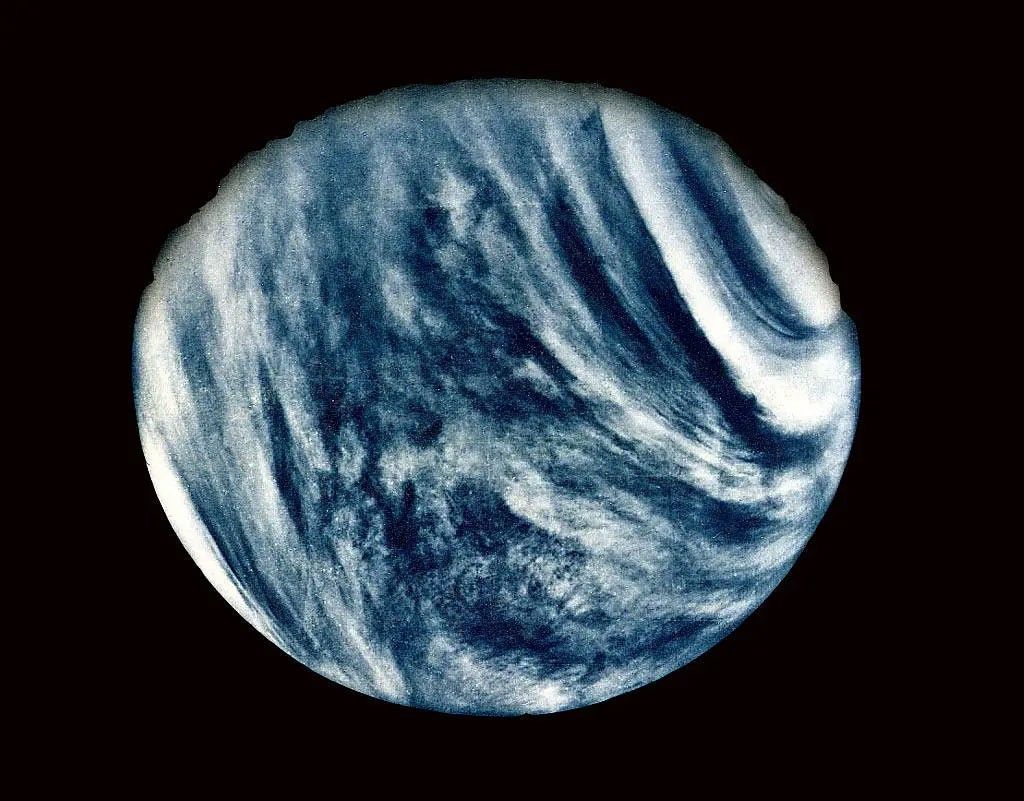
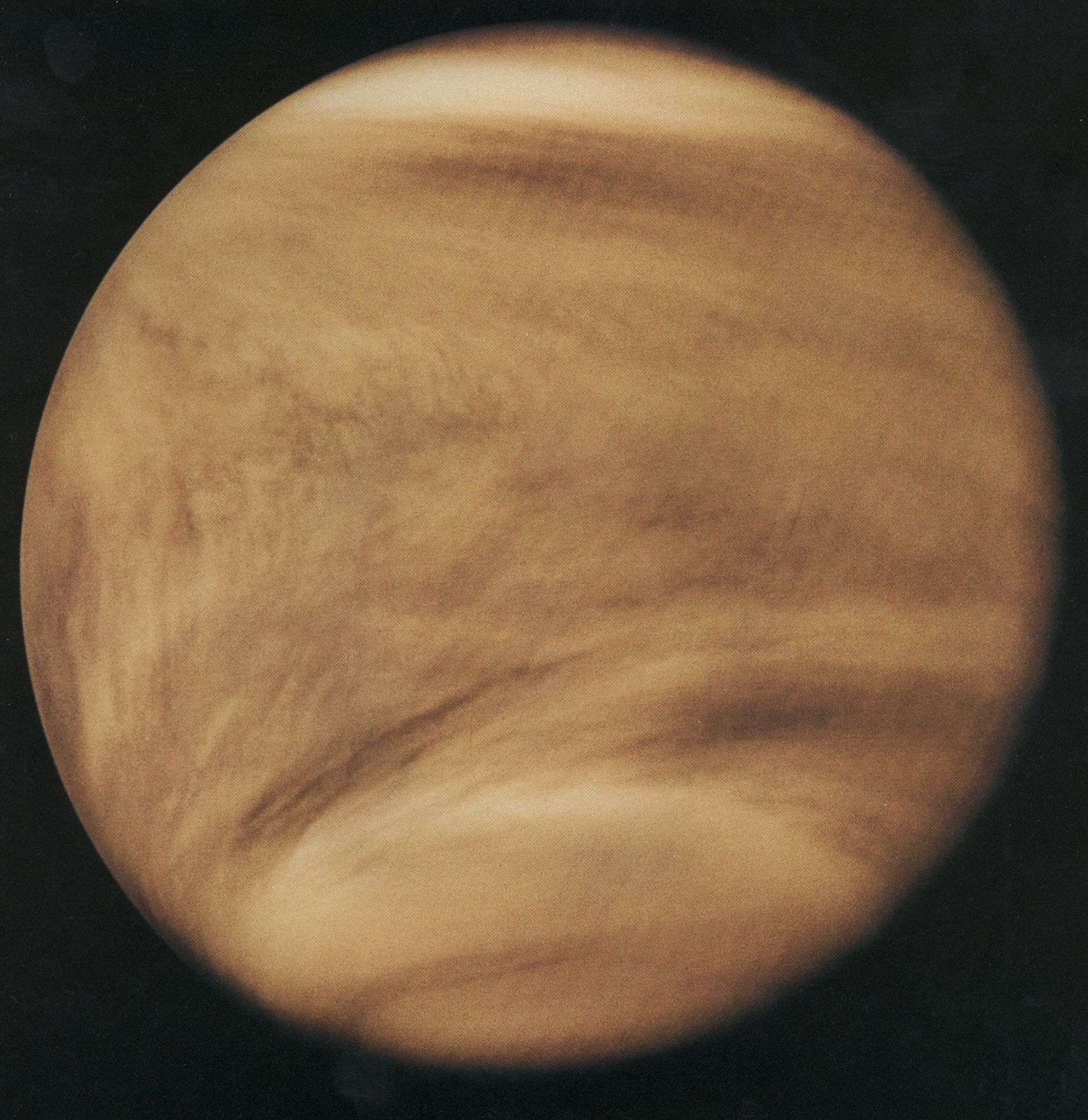
Venus Exploration
Dozens of spacecraft have launched to explore Venus, but not all have been successful. NASA's Mariner 2 was the first spacecraft to visit any planet beyond Earth when it flew past Venus on Dec. 14, 1962. NASA is planning two new missions to Venus: VERITAS, and DAVINCI.
Featured Missions to Venus
More than 40 missions have been launched to explore Venus.
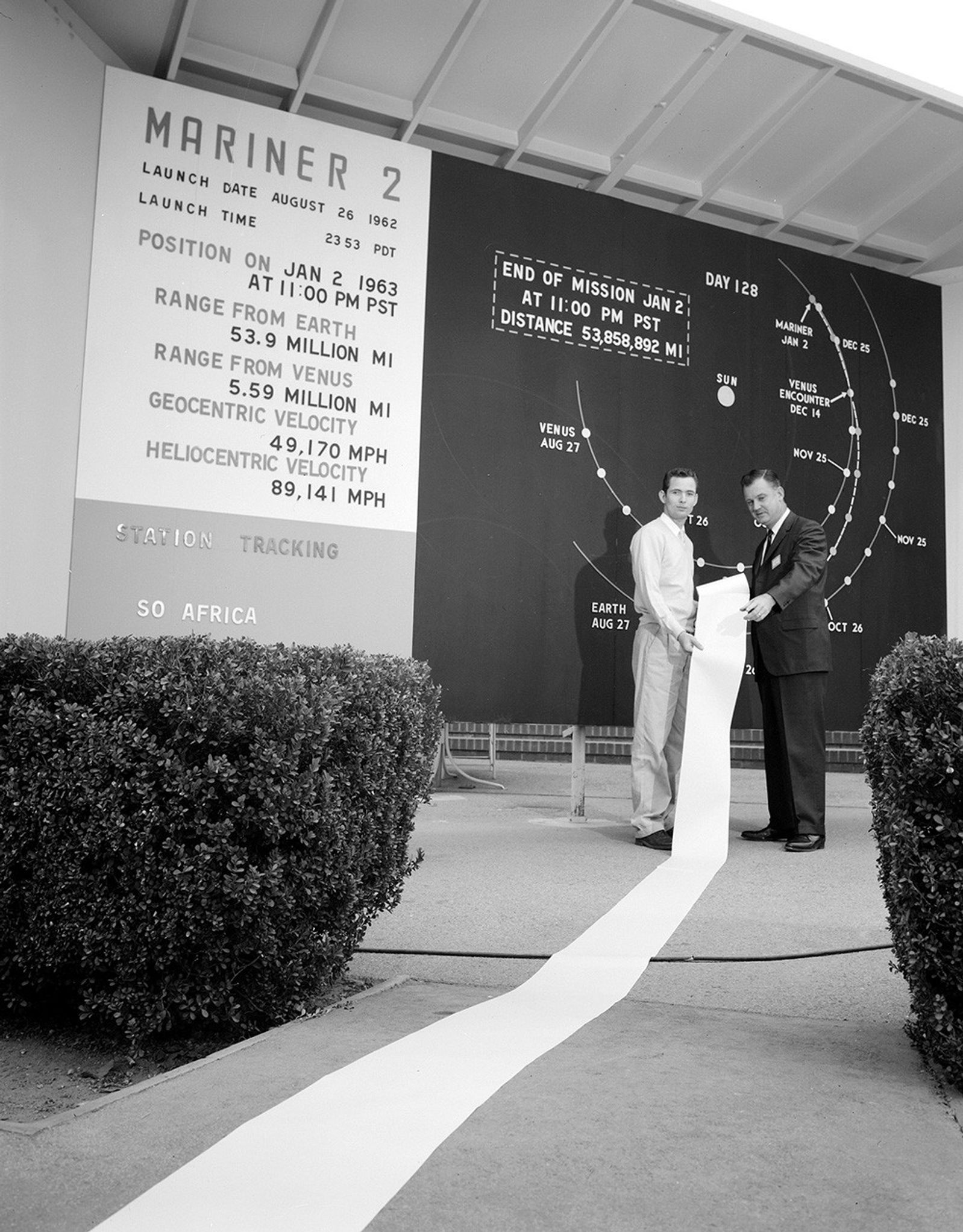
Mariner 2
Mariner 2 became the first successful mission to another planet when it flew by Venus on Dec. 14, 1962.

Mariner 10
Mariner 10 was the first spacecraft to study Mercury; and the first to explore two planets (Mercury and Venus) in a single mission.

Pioneer Venus 1
Pioneer Venus 1 launched on May 20, 1978, and was the first U.S. spacecraft to orbit Venus.
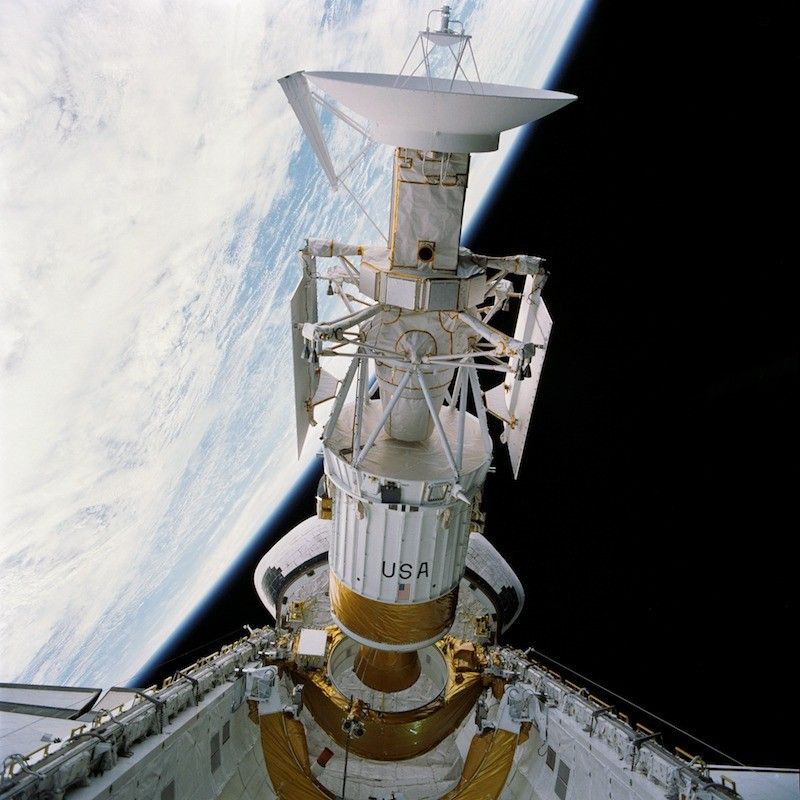
Magellan
Magellan launched May 4, 1989, from the cargo bay of Space Shuttle Atlantis. It imaged the entire surface of Venus.

Venus Express
Venus Express launched Nov. 9, 2005, and was the first European spacecraft to orbit Venus.
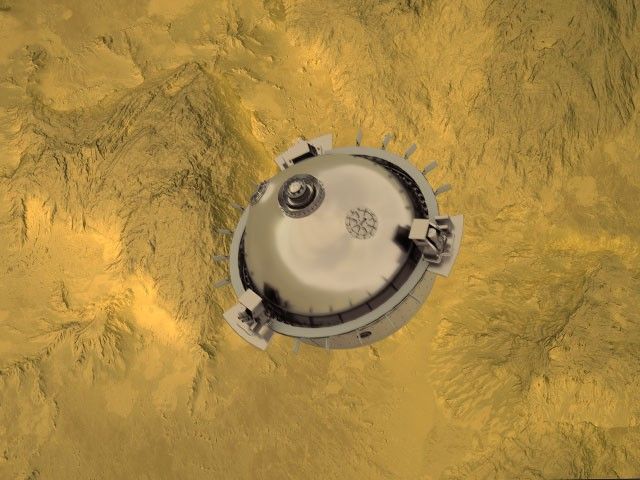
DAVINCI
This future NASA mission will study Venus from near the top of the clouds to the planet’s surface.
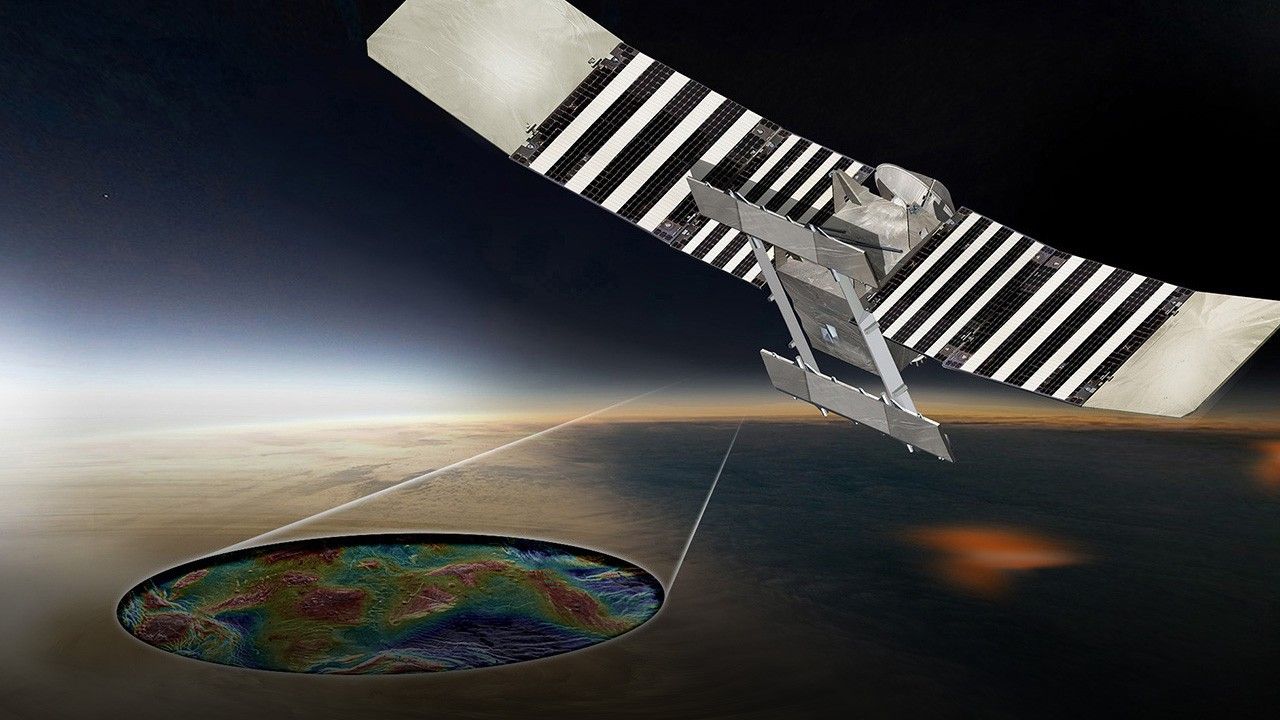
VERITAS
VERITAS will be among the first NASA spacecraft to explore Earth’s sister planet Venus since the 1990s.
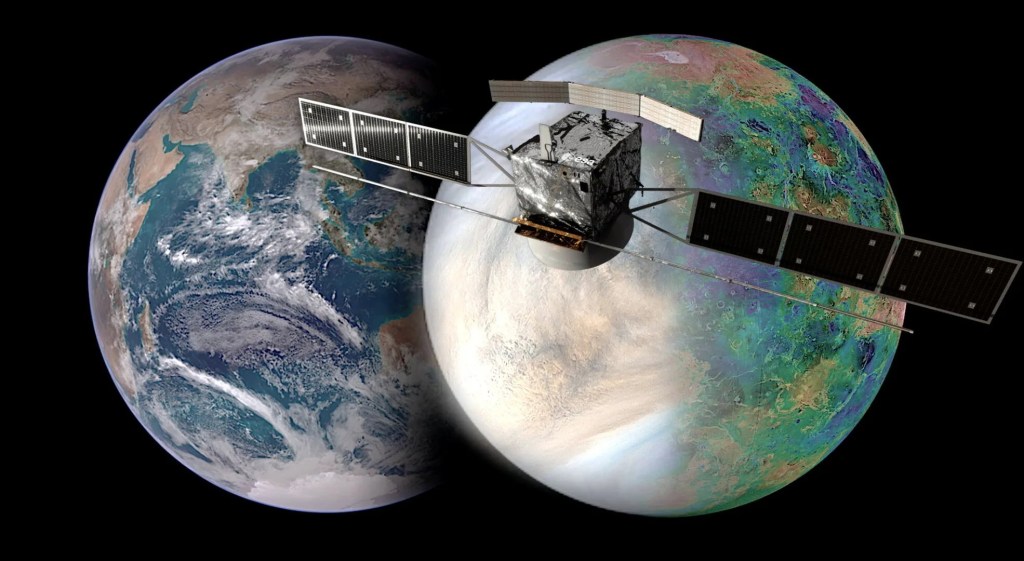
EnVision
EnVision is an ESA Venus orbiter set to launch in the 2030’s, to study the planet’s history, activity and climate.
All Missions to Venus
| Launch Date | Spacecraft | Nation | Type | Outcome |
|---|---|---|---|---|
| Feb. 4, 1961 | Sputnik 7 (Venera 1VA/No. 1) | USSR | Impact | Failure |
| Feb. 12, 1961 | Venera 1 | USSR | Impact | Failure |
| July 22, 1962 | Mariner 1 | USA | Flyby | Failure |
| Aug. 27, 1962 | Mariner 2 | USA | Flyby | Success-First |
| Sept. 1, 1962 | Sputnik 20 (Venera 2MV-1 No. 4) | USSR | Lander | Failure |
| Sept. 12, 1962 | Sputnik 21 (2MV-2/ No. 1 | USSR | Flyby | Failure |
| Feb. 19, 1964 | Zond 3MV-1A No. 4A (also No. 2) | USSR | Flyby | Failure |
| March 27, 1964 | Cosmos 27 (Venera) | USSR | Flyby/Hard-Lander Probe | Failure |
| April 2, 1964 | Zond 1 | USSR | Flyby/Lander | Failure |
| Nov. 12, 1965 | Venera 2 | USSR | Flyby | Failure |
| Nov. 16, 1965 | Venera 3 | USSR | Impact | Success-First |
| Nov. 23, 1965 | Cosmos 96 | USSR | Lander | Failure |
| June 12, 1967 | Venera 4 | USSR | Atmospheric Lander Probe | Success-First |
| June 14, 1967 | Mariner 5 | USA | Flyby | Success |
| June 17, 1967 | Cosmos 167 | USSR | Lander | Failure |
| Jan. 5, 1969 | Venera 5 | USSR | Descent Probe | Success |
| Jan. 10, 1969 | Venera 6 | USSR | Descent Probe | Success |
| Aug. 17,1970 | Venera 7 | USSR | Lander | Success-First |
| Aug. 22, 1970 | Cosmos 359 | USSR | Lander | Failure |
| March 27, 1972 | Venera 8 | USSR | Atmospheric Lander Probe | Success |
| March 31, 1972 | Cosmos 482 | USSR | Lander | Failure |
| Nov. 3, 1973 | Mariner 10 | USA | Flyby | Success |
| June 8, 1975 | Venera 9 | USSR | Orbiter/Lander | Success-First |
| June 14, 1975 | Venera 10 | USSR | Orbiter/Lander | Success |
| May 20, 1978 | Pioneer Venus 1 | USA | Orbiter | Success |
| Aug. 8, 1978 | Pioneer Venus 2 | USA | Probes | Success |
| Sept. 9, 1978 | Venera 11 | USSR | Flyby and Lander | Success |
| Sept. 14, 1978 | Venera 12 | USSR | Flyby and Lander | Success |
| Oct. 30, 1981 | Venera 13 | USSR | Flyby and Lander | Success |
| Nov. 4, 1981 | Venera 14 | USSR | Flyby and Lander | Success |
| June 2, 1983 | Venera 15 | USSR | Orbiter | Success |
| June 7, 1983 | Venera 16 | USSR | Orbiter | Success |
| Dec. 15, 1984 | Vega 1 | USSR | Lander/Balloon/Flyby | Success |
| Dec. 21, 1984 | Vega 2 | USSR | Lander/Ballon/Flyby | Success |
| May 4, 1989 | Magellan | USA | Orbiter | Success |
| Oct. 18, 1989 | Galileo | USA | Flyby | Success |
| Oct. 15, 1997 | Cassini | USA | Flyby (multiple) | Success |
| Nov. 9, 2005 | Venus Express | ESA | Orbiter | Success |
| May 20, 2010 | Akatsuki | Japan | Orbiter | Success |
| May 20, 2010 | Unitec-1 | Japan | Flyby | Partial Success |
| May 20, 2010 | IKAROS | Japan | Flyby | Success |
| Oct. 3, 2018 | Parker Solar Probe | USA | 1st Venus Flyby | Success |
| Oct. 20, 2018 | BepiColombo | ESA/JAXA | Flyby (multiple) | Success |
| Dec. 26, 2019 | Parker Solar Probe | USA | 2nd Venus Flyby | Success |
| July 11, 2020 | Parker Solar Probe | USA | 3rd Venus Flyby | Success |
| Feb. 20, 2021 | Parker Solar Probe | USA | 4th Venus Flyby | Success |
| Oct. 16, 2021 | Parker Solar Probe | USA | 5th Venus Flyby | Success |
| Aug. 21, 2023 | Parker Solar Probe | USA | 6th Venus Flyby | Success |
| Nov. 6, 2024 | Parker Solar Probe | USA | 7th and Final Venus Flyby | Success |
— Siddiqi, Asif A. Beyond Earth: A Chronicle of Deep Space Exploration, 1958-2016. NASA History Program Office, 2018.
— Parker Solar Probe Timeline
— NASA Space Science Data Coordinated Archive (NSSDCA)































